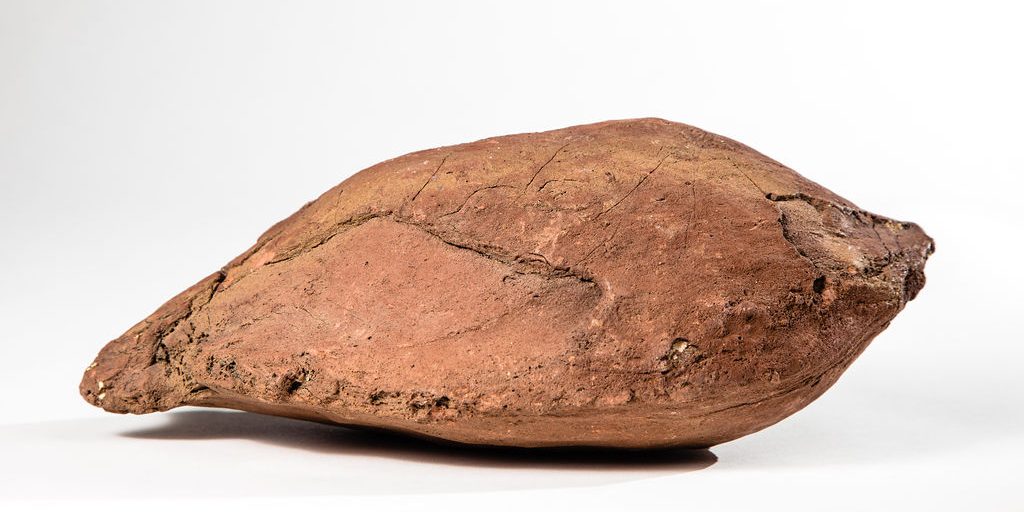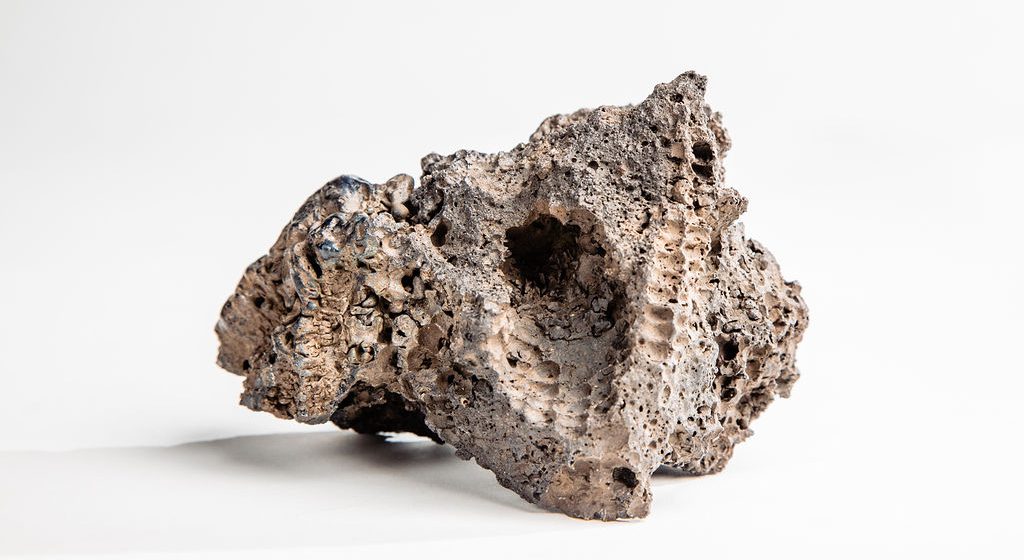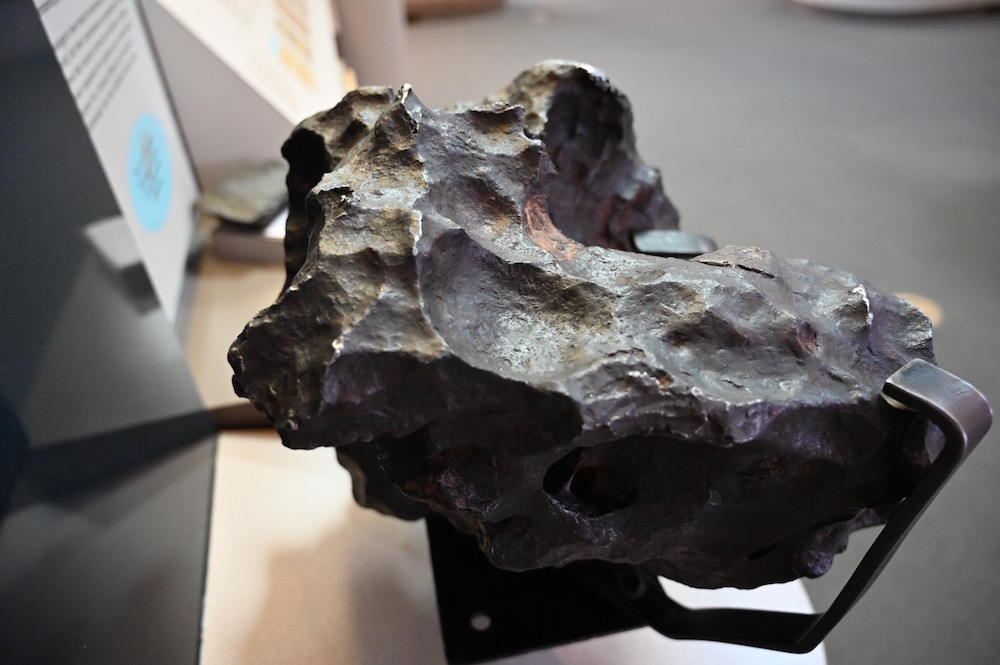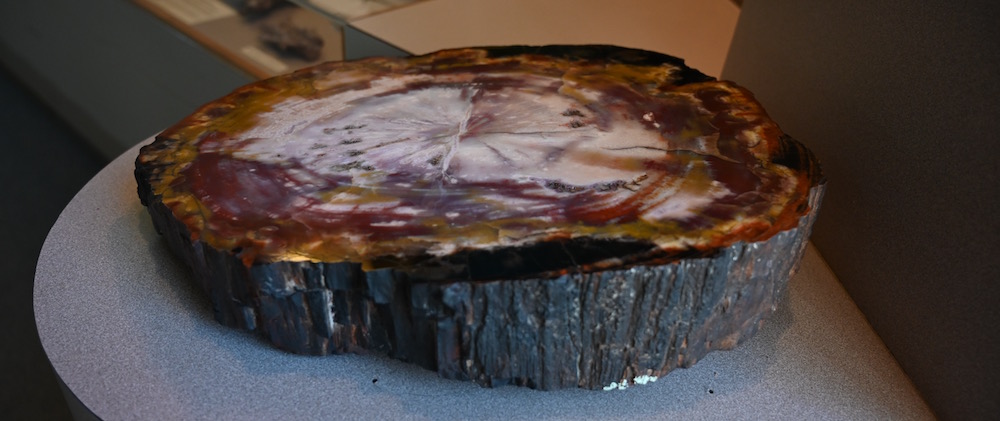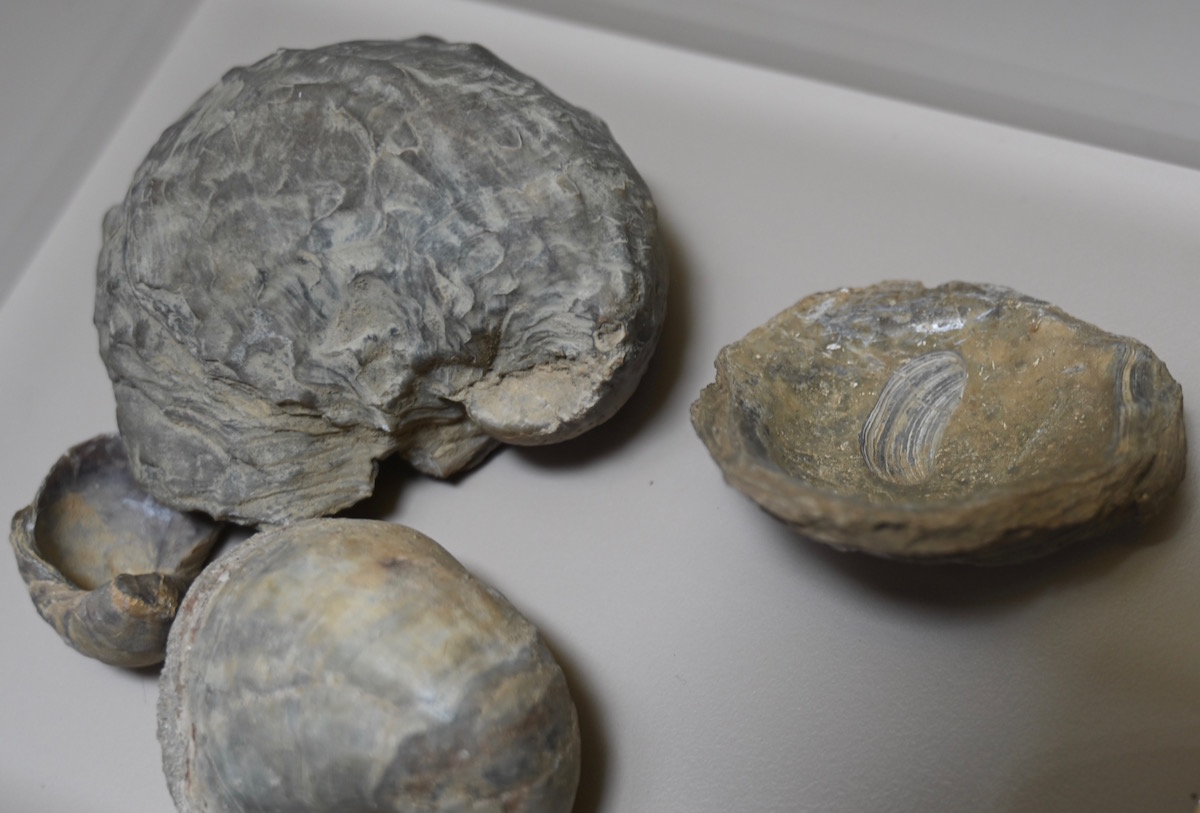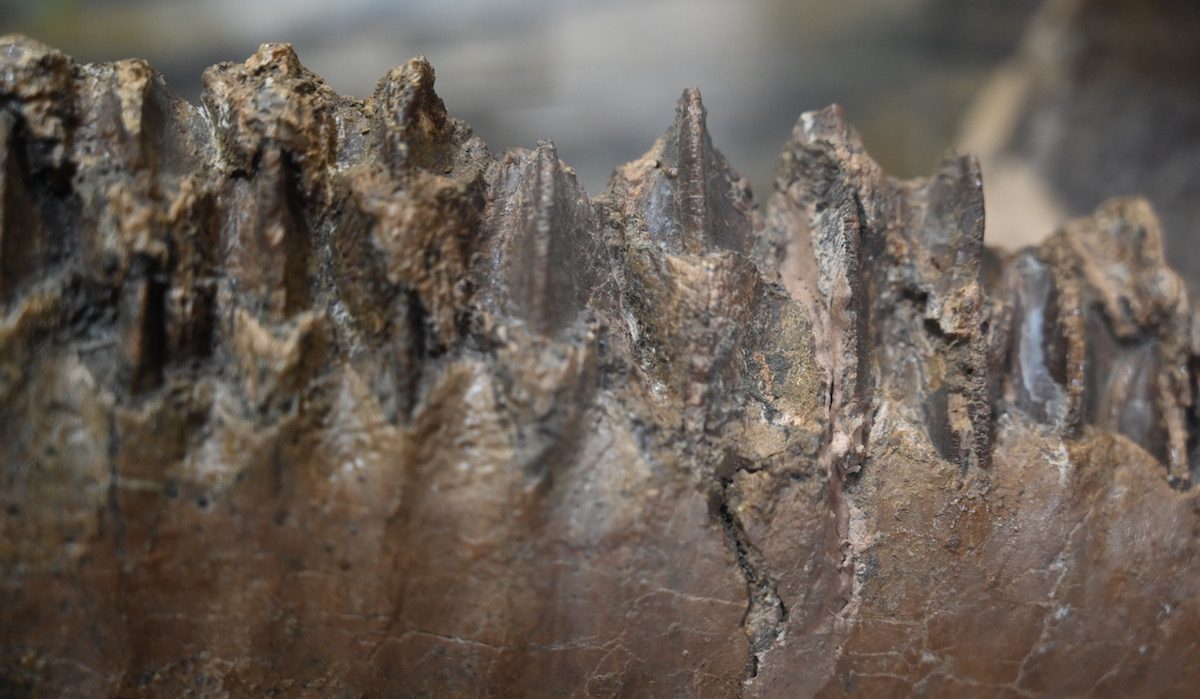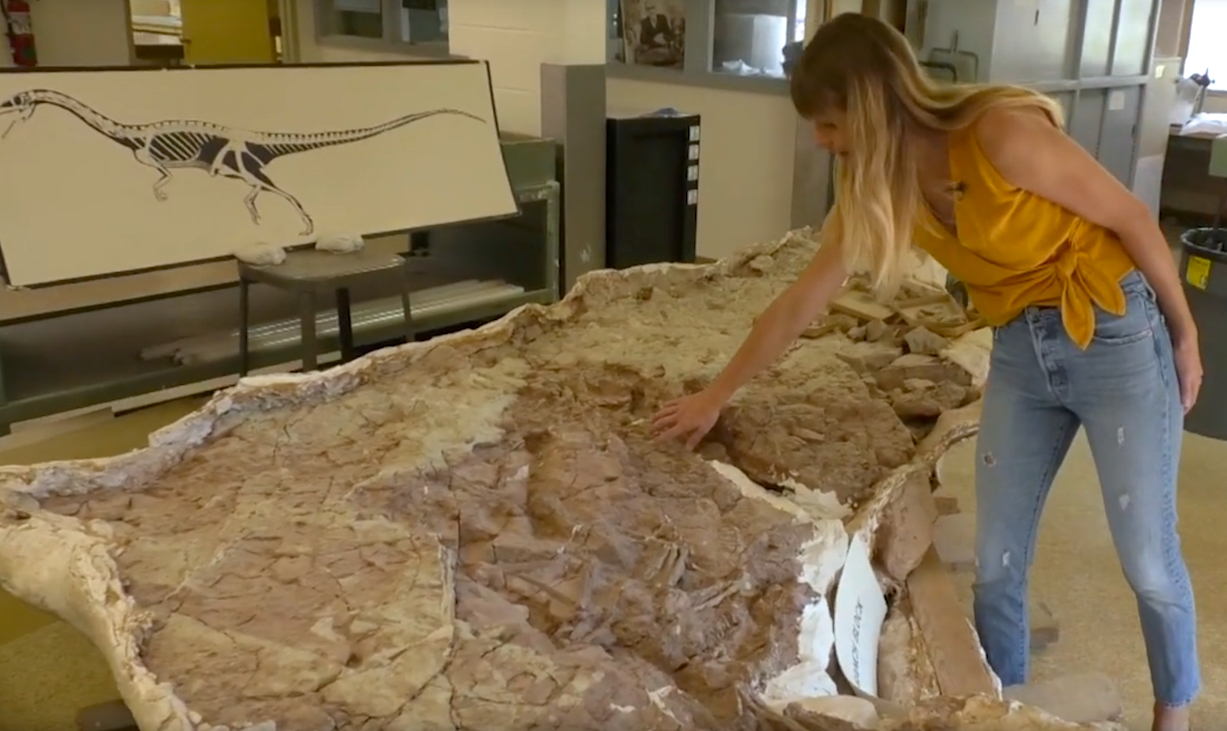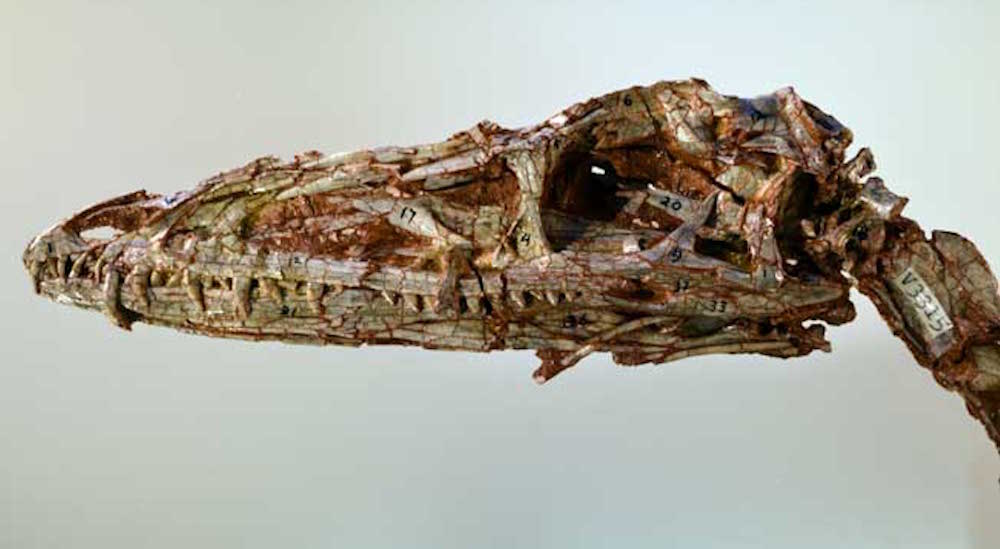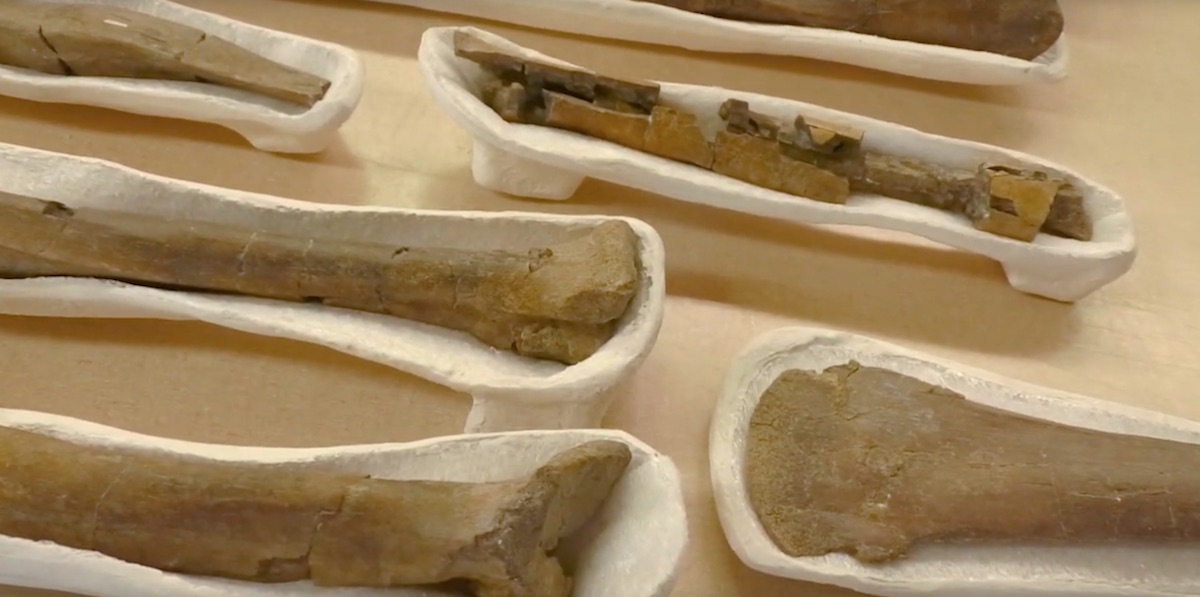
Geology/Paleontology Collection
Geology
The Museum of Northern Arizona maintains a small geology collection that contains approximately 4,000 mineral, rock and meteorite samples. In addition to rock and mineral types commonly found on the Colorado Plateau the collection also includes samples from outside the region.
Paleontology
The Museum of Northern Arizona (MNA) holds approximately 150,000 paleontology specimens (fossil invertebrates, vertebrates, plants and tracks and traces) from most of the fossil bearing geologic units in the region. The collection, which contains 181 holotypes and more than 4,250 published and/or illustrated specimens, is the basis for scores of scientific technical papers on the paleontology and geology of the area.
Fossil vertebrate collection strengths include:
- Devonian placoderm specimens from the Martin Formation
- Permian shark fauna from the Kaibab Formation
- a diverse and important collection of Triassic fauna from the Chinle Formation
- a significant collection of amphibians, turtles, dinosaurs, pterosaurs, and tritylodonts from the early Jurassic Kayenta Formation
- large and scientifically significant late Cretaceous holdings from marine, coastal and terrestrial formations of southern Utah, northern Arizona, and northern New Mexico
- a Miocene-Pliocene mammal fauna from the Verde Formation of central Arizona
- an important Pleistocene collection that includes the National Park Service Pleistocene and Holocene collection that until 2009 was housed at Northern Arizona University Quaternary Sciences Program (NAU-QSP)
Significant fossil invertebrate holdings include specimens from:
- Pennsylvanian Naco Formation
- Permian Kaibab Formation
- Cretaceous Mancos Shale
Ichnology (fossil tracks and trails) collection strengths include:
- Permian invertebrate and vertebrate tracks from the Coconino and De Chelly Sandstones
- Triassic vertebrate tracks from the Moenkopi Formation
Paleobotany (fossil plant) collection contains numerous specimens from:
- Mississippian Surprise Canyon Formation
- Triassic Chinle Formation

